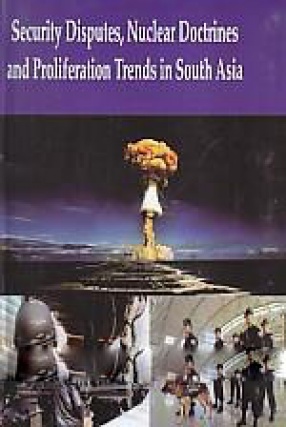From drone operators to strike victims, we examine the impact of remote-controlled killing and the future of warfare. Unmanned aerial vehicles (UAVs), otherwise known as drones, are remotely-controlled aircraft which may be armed with missiles and bombs for attack missions. Since the World Trade Center attacks of Sep. 11, 2001 and the subsequent “War on Terror” the United States has used drones to kill suspected terrorists in Pakistan, Afghanistan, Yemen, Somalia, and other countries. For over a decade, America’s drone campaign has been driven by short-term objectives, the degradation of al Qaeda and militant groups like the Taliban through the use of targeted killings on a tactical scale. The targeted strikes, which occur in both battlefield settings and countries where the United States does not have troops deployed, are possible due to the lethal precision of armed drones. With their unprecedented reconnaissance capabilities and ability to stalk a target for hours, drones have become the hallmark innovation in the U.S. “War on Terror” Unmanned aerial vehicles (UAVs) have proven themselves to be the asymmetric tactial response to the asymmetric threat of militant networks, insurgencies, and other non-conventional targets. This book will find interested audience among managers of aviation and air space, as well as persons from the Air Forces worldwide.
Contents: Preface. 1. Introduction. 2. Drone operations for warfare. 3. Drone: targeted killing. 4. Drone warfare: life on the new frontline. 5. Usage of drone. 6. Drone attacks on terrorism. 7. Remote control drone wars. 8. The rise of the killer drones in wars. 9. Drone strikes. Bibliography. Index.








There are no reviews yet.